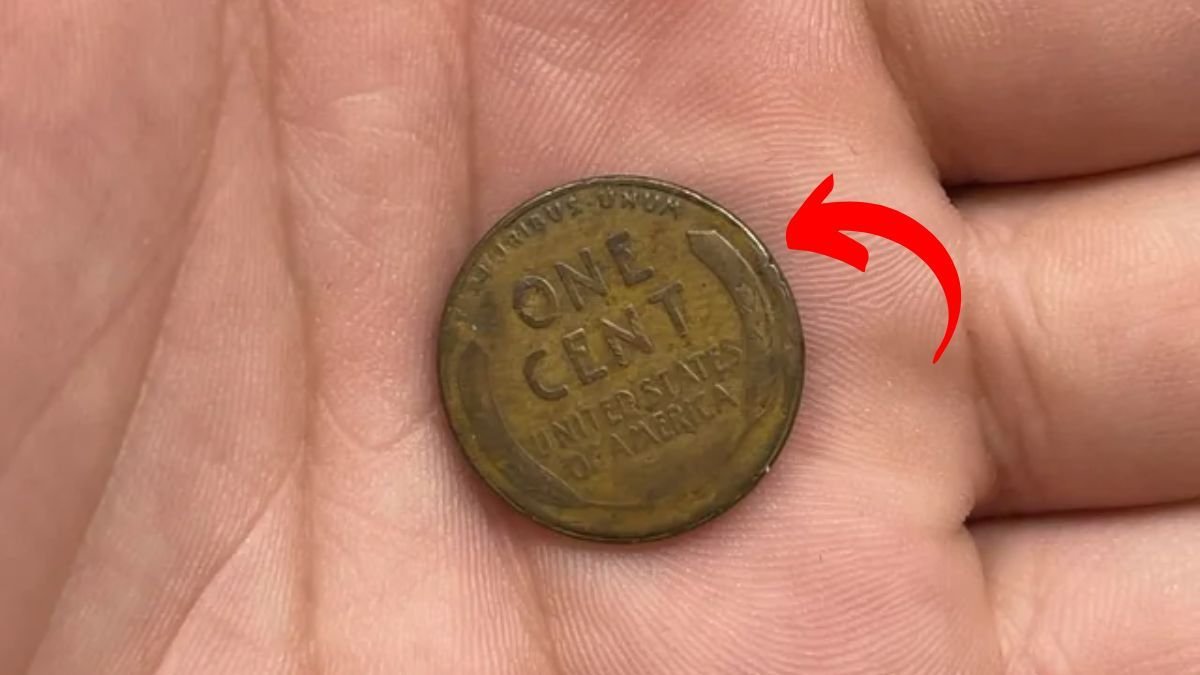Imagine finding a penny in your change worth nearly a million dollars! The Lincoln Wheat Penny, a small coin with a big story, has some rare versions valued at $960,000. Could one be hiding in your pocket? Read on to uncover its history, value, and how to spot one.
What Is the Lincoln Wheat Penny?
The Lincoln Wheat Penny, minted from 1909 to 1958, is a one-cent U.S. coin featuring Abraham Lincoln’s profile on the front and two wheat stalks on the back. While most are worth just a cent, rare versions, like the 1943 bronze penny, can fetch life-changing sums.
A Brief History of the Wheat Penny
Introduced in 1909 to honor Lincoln’s 100th birthday, this coin was designed by Victor David Brenner. It was the first U.S. coin to feature a real person, replacing symbolic figures like Lady Liberty. Minted in Philadelphia, Denver, and San Francisco, it became a collector’s favorite due to its iconic design.
During World War II, copper shortages led to a unique twist: in 1943, pennies were made of zinc-coated steel. However, a few bronze pennies were accidentally struck, creating some of the rarest coins in history. These errors drive the coin’s value today.
Why Is It So Valuable?
The value of a Lincoln Wheat Penny depends on rarity, condition, and historical significance. The 1943 bronze penny, for example, is a minting error with only 15–20 known to exist. One sold for $960,000 at auction due to its scarcity and pristine condition.
Other factors boosting value include:
- Low Mintage Years: Coins like the 1909-S VDB had limited production.
- Mint Marks: “S” (San Francisco) or “D” (Denver) marks often indicate rarity.
- Condition: Mint-state coins (MS-65 or higher) command top prices.
How to Spot a Rare Lincoln Wheat Penny
Finding a valuable penny is like hunting for treasure. Here’s how to check:
- Year and Mint Mark: Look for 1943 (bronze), 1909-S VDB, or 1914-D. Check for “S” or “D” under the date.
- Material: Use a magnet—steel pennies stick, bronze ones don’t.
- Weight: Bronze pennies weigh ~3.11 grams; steel ones are ~2.7 grams.
- Condition: Look for sharp details and minimal wear.
If you suspect a rare find, consult a professional grading service like PCGS or NGC.
Notable Lincoln Wheat Penny Values
Here’s a quick look at some high-value Wheat Pennies:
| Year | Mint Mark | Estimated Value | Key Feature |
|---|---|---|---|
| 1943 | D | Up to $960,000 | Bronze error |
| 1909 | S VDB | Up to $100,000 | Low mintage |
| 1914 | D | Up to $150,000 | Rare Denver |
| 1955 | None | Up to $114,000 | Double die |
Expert Tips for Coin Collectors
- Check Everywhere: Search pocket change, coin rolls, or inherited collections.
- Preserve Condition: Handle coins by edges and store in protective holders.
- Avoid Cleaning: Cleaning can ruin a coin’s value.
- Get It Graded: Professional grading ensures authenticity and maximizes value.
- Join Communities: Coin shows and online forums connect you with experts.
FAQs About the Lincoln Wheat Penny
Q: Are all Lincoln Wheat Pennies valuable?
A: Most are worth a few cents, but rare years, errors, or mint marks can be worth thousands.
Q: How do I know if my 1943 penny is bronze?
A: Test with a magnet (bronze won’t stick) and weigh it (~3.11 grams).
Q: Where can I sell a rare penny?
A: Use reputable auction houses, coin dealers, or platforms like eBay after grading.
Q: Can I still find these in circulation?
A: Yes, though rare, they’ve been found in change or old collections.
Conclusion
The Lincoln Wheat Penny is more than pocket change—it’s a piece of American history with the potential for life-changing value. Whether you’re a collector or just curious, checking your coins could uncover a $960,000 treasure. Start hunting, share your finds, and dive into the exciting world of numismatics!

